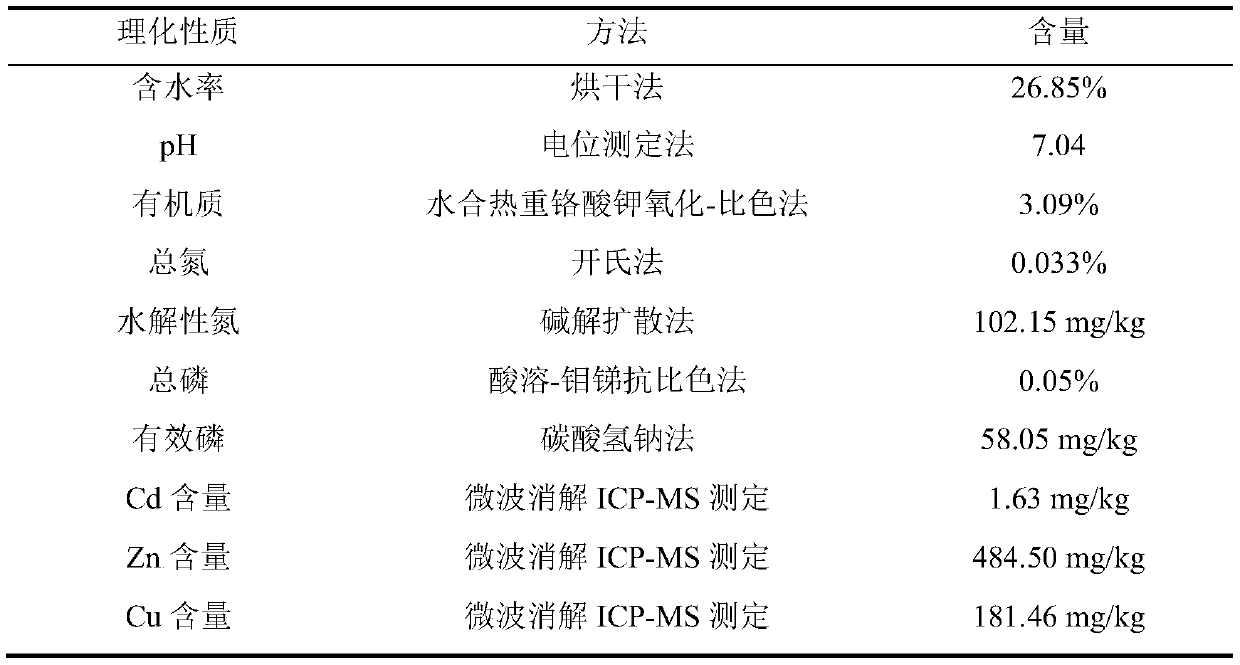Phytoremediation method for combined pollution of Cd, Zn and Cu in river dredging sediment
A phytoremediation and river dredging technology, applied in water pollutants, polluted waterways/lakes/ponds/river treatment, chemical instruments and methods, etc., can solve the problems of heavy metal Cd, Zn, Cu composite pollution, etc.
- Summary
- Abstract
- Description
- Claims
- Application Information
AI Technical Summary
Problems solved by technology
Method used
Image
Examples
Embodiment 1
[0018] The test sediment was taken from a river dredged in Shanghai, and the content of three heavy metals, Cd, Zn, and Cu, exceeded the risk screening value.
[0019] Select Calendula officinalis, Elymus chinensis, Barnyard grass, Sedum babao, and Dawufengcao as the test plants for single species. Among them, the three kinds of plant seeds of Calendula officinalis, Elymus chinensis and Barnyard grass were all purchased from the Internet, and the purchased plant seeds were all common and common varieties. Dawu Fengcao is collected from the park. Sedum babao seedlings were cut along their stems from the non-pollution culture pots for testing.
[0020] Before sowing plants, sprinkle water to wet the surface of the bottom mud, and use a small rake to fully plow the topsoil. According to the sowing amount of plant seeds in Table 1, three kinds of plant seeds of Calendula officinalis, Elymus chinensis and Barnyard grass with full particles and basically the same size were selecte...
PUM
 Login to View More
Login to View More Abstract
Description
Claims
Application Information
 Login to View More
Login to View More - R&D
- Intellectual Property
- Life Sciences
- Materials
- Tech Scout
- Unparalleled Data Quality
- Higher Quality Content
- 60% Fewer Hallucinations
Browse by: Latest US Patents, China's latest patents, Technical Efficacy Thesaurus, Application Domain, Technology Topic, Popular Technical Reports.
© 2025 PatSnap. All rights reserved.Legal|Privacy policy|Modern Slavery Act Transparency Statement|Sitemap|About US| Contact US: help@patsnap.com



